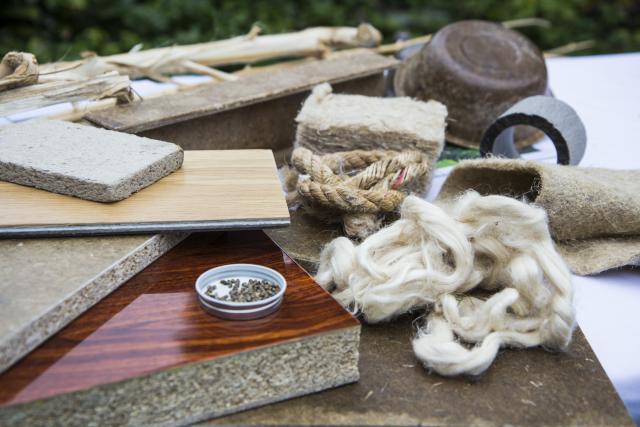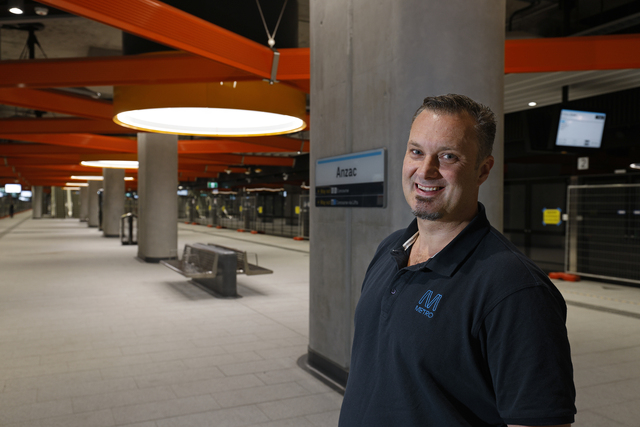A motion has passed for an inquiry into industrial hemp in Victoria, leading experts to flaunt the plant’s versatility.
Brett Boag, Hemp Innovator and Founder at Hexcore Hemp Processing, works with industrial hemp which he says “in some applications rivals steel“.
“As an industrial material it’s far superior to so many products and people don’t even know about it,“ he said.
“Any kind of timber products made of hard or soft wood, hemp is harder.
“It has no equal in terms of its mechanical and physical strength.“
Mr Boag also stressed the yield potential of hemp in comparison to timber, and how the by-products of hemp production can be used to make things like bowls and cups.
“It takes 25 years at best for pine to be grown, trimmed down, and turned into housing timber, and only 60 per cent of the tree is usable as housing timber,“ he said.
“Hemp however, takes 90-100 days to achieve the same result and can be used for anything that timber can be used for.
“In that same hundred days, it sequesters more carbon than a forest does.“
Mark Smith, Cultivator and Developer at OneLife Botanicals, said hemp could replace the logging industry “within 100 days“.
“We have the ability to harvest terpenes, pectin, ligin, seed, fibre and hurd,“ he said.
Mr Smith said hemp is one of the most perfect protein and amino acid sources in nature, with 369 omegas.
“We could supplement livestock feed with hemp biomass, reducing methane produced by cows, and we can still enjoy whipped cream or fancy cheeses,“ he said.
“Hemp is a win for our future, our economy, and most importantly our children.“
In a 2022 study published in Heliyon, researchers found hemp to be a “very promising renewable resource including its potential uses in paper, textiles, composites, biofuel, and food industry“.
“Hemp is naturally resistant to disease and pests, conserves water, degrades quickly, and produces environmentally friendly industrial products such as biodiesel, bio-concrete, bio-composite, paper, textile, and so on,“ the researchers wrote.
“With the advancement and adaptation of fitting technology, exploitation of the entire physical, chemical and morphological characteristics of hemp can better contribute to a clean, healthy, and sustainable planet.“
Currently cement production is the world’s single biggest industrial cause of carbon pollution, making up eight per cent of all global carbon emissions, according to Beyond Zero Emissions.
Hemp may offer a sustainable alternative to help decrease the cement content of building material.
Hemp paper also has more “recyclability“ than wood and produces a greater yield.
Researchers say these features make hemp an important resource to “slow down the deforestation process“.
Hemp acts as an air purifier, absorbing carbon dioxide and cleaning the air we breathe.
For every tonne of hemp produced, 1.63 tonnes of carbon is removed from the air, making hemp cultivation even more efficient at oxygen production than agroforestry, according to Hemp Foundation Co-Founder Vishal Vivek.
“From nutrition to building material, from clothing to biofuel, from ship sails to bioplastic – you name it and some part of the hemp plant can yield that,“ he said.







